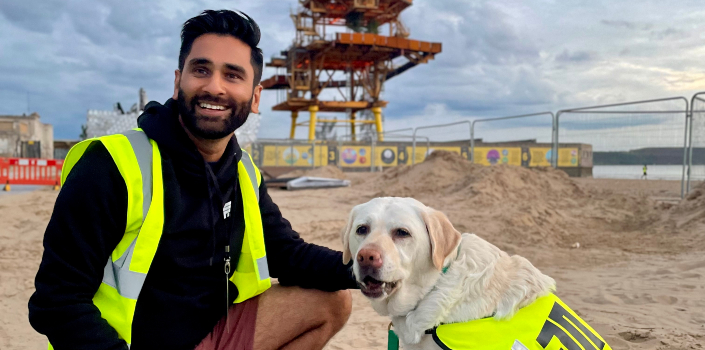“If someone turns up and can’t navigate the space I’ve failed in my job.”
The latest addition to the WAN Awards judging panel is Dr Amit Patel. He became a Diversity, Equity & Inclusion Consultant after losing his sight suddenly 12 years ago and will be judging the brand-new Accessibility category. Read on to find out why he believes considering accessibility and inclusivity from the outset of a project is so vital, and what he hopes to find among this year’s entries.
